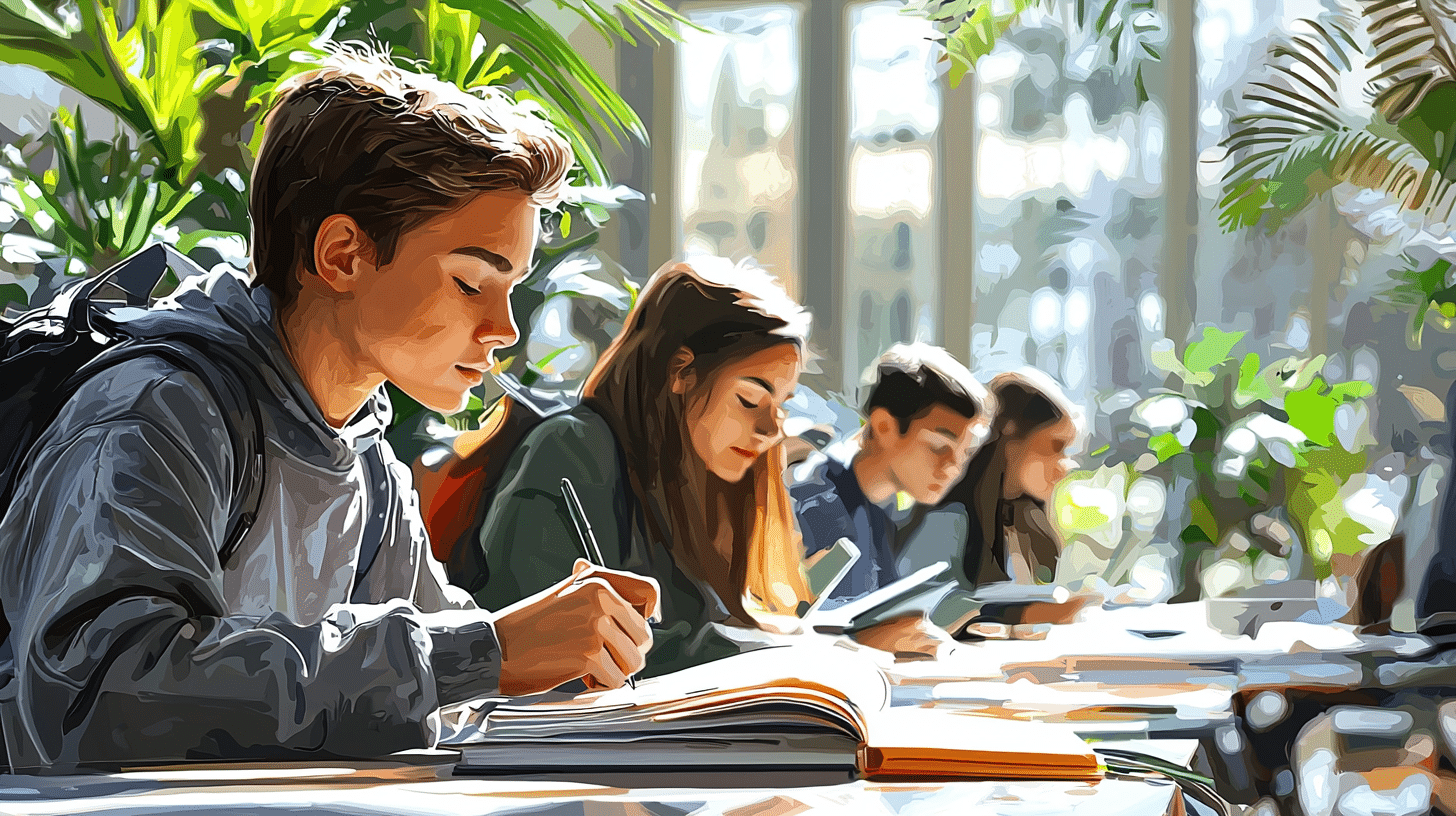When traveling to Lithuania, exploring its rich cultural heritage through museums and galleries can be one of the most rewarding experiences. Whether you’re an art lover, history buff, or simply curious, knowing the right vocabulary can enhance your visit and help you understand the exhibits better. This article will guide you through essential museum and gallery vocabulary in Lithuanian. Let’s dive right in!
General Vocabulary
Before we get into the more specific terms, it’s helpful to know some general words that will come in handy during your visit to a museum or gallery.
– Museum: muziejus
– Gallery: galerija
– Exhibit: paroda
– Ticket: bilietas
– Entrance: įėjimas
– Exit: išėjimas
– Guide: gidas
– Map: žemėlapis
– Opening hours: darbo laikas
– Closed: uždaryta
– Open: atidaryta
– Visitor: lankytojas
– Information desk: informacijos stalas
Types of Exhibits
Understanding the types of exhibits you might encounter can make your visit more engaging and educational. Here are some common types:
– Permanent exhibit: nuolatinė ekspozicija
– Temporary exhibit: laikinoji paroda
– Interactive exhibit: interaktyvi ekspozicija
– Art exhibit: meno paroda
– Historical exhibit: istorinė paroda
– Science exhibit: mokslo paroda
– Natural history exhibit: gamtos istorijos paroda
Art-Specific Vocabulary
If you’re visiting an art gallery, you’ll encounter specific terms related to art. Here are some of the most common ones:
– Painting: paveikslas
– Sculpture: skulptūra
– Drawing: piešinys
– Print: atspaudas
– Photography: fotografija
– Mixed media: mišrios technikos
– Abstract art: abstraktusis menas
– Realism: realizmas
– Impressionism: impresionizmas
– Modern art: modernusis menas
– Contemporary art: šiuolaikinis menas
– Gallery space: galerijos erdvė
– Exhibit label: eksponato etiketė
Historical and Cultural Vocabulary
When visiting museums that focus on history and culture, these terms will be useful:
– Artifact: artefaktas
– Era: era
– Period: laikotarpis
– Ancient: senovinis
– Medieval: viduramžių
– Renaissance: renesansas
– Modern: modernus
– Civilization: civilizacija
– Tradition: tradicija
– Custom: paprotys
– Culture: kultūra
– Heritage: paveldas
– Exhibit case: eksponato vitrinas
Visitor Services
Many museums and galleries offer a range of services to enhance your visit. Here are some terms you might find useful:
– Audio guide: garso gidas
– Guided tour: ekskursija su gidu
– Self-guided tour: savarankiška ekskursija
– Membership: narystė
– Gift shop: suvenyrų parduotuvė
– Café: kavinė
– Restrooms: tualetai
– Accessibility: prieinamumas
– Coat check: rūbų saugykla
– Locker: spintelė
– Souvenir: suvenyras
Interacting with Staff
If you need assistance or have questions, knowing how to address the staff can be very helpful. Here are some phrases and terms to use:
– Excuse me: Atsiprašau
– Can you help me?: Ar galite man padėti?
– Where is…?: Kur yra…?
– How much is the ticket?: Kiek kainuoja bilietas?
– Is there a guided tour available?: Ar yra galimybė dalyvauti ekskursijoje su gidu?
– What time does the museum close?: Kurią valandą muziejus užsidaro?
– Is photography allowed?: Ar galima fotografuoti?
– Where is the nearest restroom?: Kur yra artimiausias tualetas?
– Thank you: Ačiū
– You’re welcome: Prašom
Special Exhibits and Events
Museums and galleries often host special exhibits and events. Here are some terms related to these occasions:
– Special exhibit: specialioji paroda
– Event: renginys
– Opening reception: atidarymo priėmimas
– Workshop: dirbtuvės
– Lecture: paskaita
– Seminar: seminaras
– Family day: šeimos diena
– School group: mokyklos grupė
– Art class: meno pamoka
Describing Art and Exhibits
Being able to describe what you see can deepen your appreciation and understanding of the exhibits. Here are some descriptive terms:
– Beautiful: gražus
– Intriguing: įdomus
– Thought-provoking: skatinantis mąstyti
– Colorful: spalvingas
– Detailed: detaliai
– Expressive: išraiškingas
– Historic: istorinis
– Innovative: novatoriškas
– Traditional: tradicinis
– Modern: modernus
– Abstract: abstraktus
– Realistic: realistiškas
Practical Tips for Visiting Museums and Galleries
To make the most out of your visit, here are some practical tips:
1. **Plan Ahead**: Check the museum or gallery’s website for opening hours, ticket prices, and special exhibits.
2. **Arrive Early**: Popular museums can get crowded, so arriving early can give you a more relaxed experience.
3. **Use an Audio Guide**: Many museums offer audio guides that provide in-depth information about the exhibits.
4. **Take Notes**: Bring a notebook or use your phone to jot down interesting facts and your thoughts.
5. **Ask Questions**: Don’t hesitate to ask the staff if you have any questions. They are usually very knowledgeable and happy to help.
6. **Respect the Rules**: Pay attention to signs about photography, touching exhibits, and other rules to ensure a pleasant visit for everyone.
Conclusion
Visiting museums and galleries in Lithuania can be a fulfilling experience, especially when you are equipped with the right vocabulary. Knowing these terms will help you navigate through exhibits, interact with staff, and fully appreciate the cultural and historical treasures on display. So next time you find yourself in a Lithuanian museum or gallery, you’ll be prepared to immerse yourself in the rich world of art and history.
Happy exploring!

